History of Radiosonde Direction Finders
Direction finders
As balloon theodolites are optical instruments, they cannot be used for measurement when the sky is obscured by phenomena such as fog, rain or snow. To enable upper-atmosphere monitoring regardless of weather conditions, a radiotheodolite is used to track a radio transmitter (such as a radiosonde) suspended from a free-floating balloon. Over the years, radiotheodolite have been improved in line with advances in radio engineering and electronic technologies.
This section outlines the history of radiotheodolite used by the Aerological Observatory.
D44 optimum-sensitivity radiotheodolite
The tripod-mounted D44 optimum-sensitivity radiotheodolite had a receiver with a Yagi five-element antenna. It was maneuvered by hand to track the radio transmitter from which the strongest signal was received and to measure its angle of direction and altitude.
This radiotheodolite was used from 1948 to around 1952 with a frequency of 408 MHz.
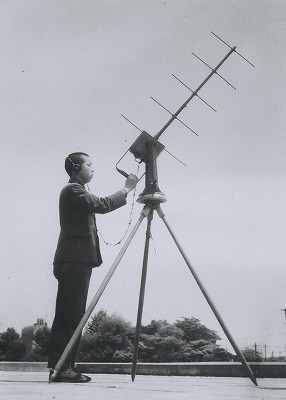
D44 optimum-sensitivity radiotheodolite
D49E isosensitivity radiotheodolite
The D49E isosensitivity radiotheodolite consisted of a quad Yagi antenna with uniform quality. Azimuth and altitude were measured by finding the azimuth and elevation angle for which the signal received by each antenna had equal intensity.
This radiotheodolite was used from 1950 to 1957 with a frequency of 408 MHz.
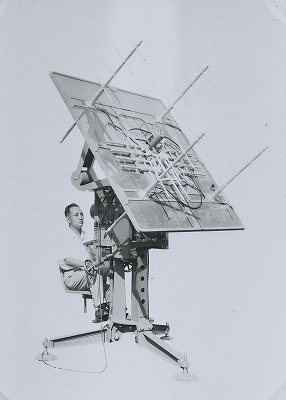
D49E isosensitivity radiotheodolite
D55A automatic tracking and recording radiotheodolite
The D55A automatic tracking and recording radiotheodolite was modeled on an automatic tracking radiotheodolite obtained from the United States Forces Japan in 1954. The directivity of the original unit's parabolic antenna was improved, and automatic tracking functionality was added. The antenna rotated to perform circular cone scanning and automatically track radio transmitter positioning.
This radiotheodolite was used from 1957 to 1972 with a frequency of 1,680 MHz.
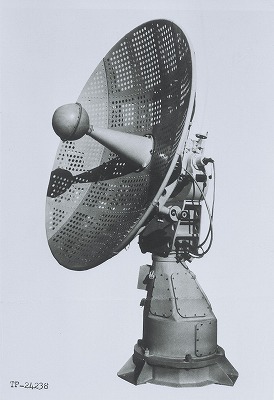
D55A automatic tracking and recording radiotheodolite
D55B2 automatic tracking and recording radiotheodolite
The D55B2 had the same basic capacities as the D55A, but the latter's electronic tubes were replaced with transistors or ICs. The adoption of a print motor to drive the radiotheodolite improved servo circuit capacity, and the unit had much better tracking stability.
This radiotheodolite was used from 1972 to 1992 with a frequency of 1,680 MHz.
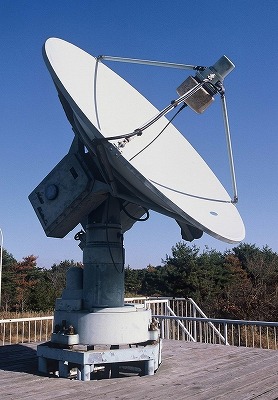
D55B2 automatic tracking and recording radiotheodolite
JMA-91 sounding instrument
The JMA-91 sounding instrument had a monopulse radiotheodolite with five antenna elements in front of a parabolic antenna. The center antenna element collected the radiosonde signal. Automatic tracking was performed by moving the antenna so that the intensity of the signal received by the center element matched those received by the other four.
This radiotheodolite was used from 1992 to 2009 with a frequency of 1,680 MHz.
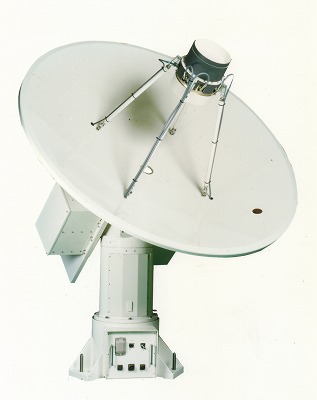
JMA-91 sounding instrument